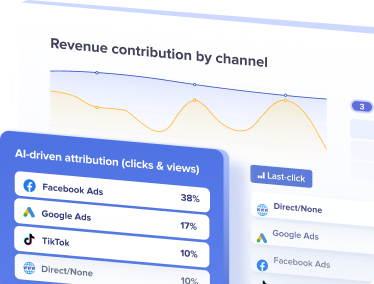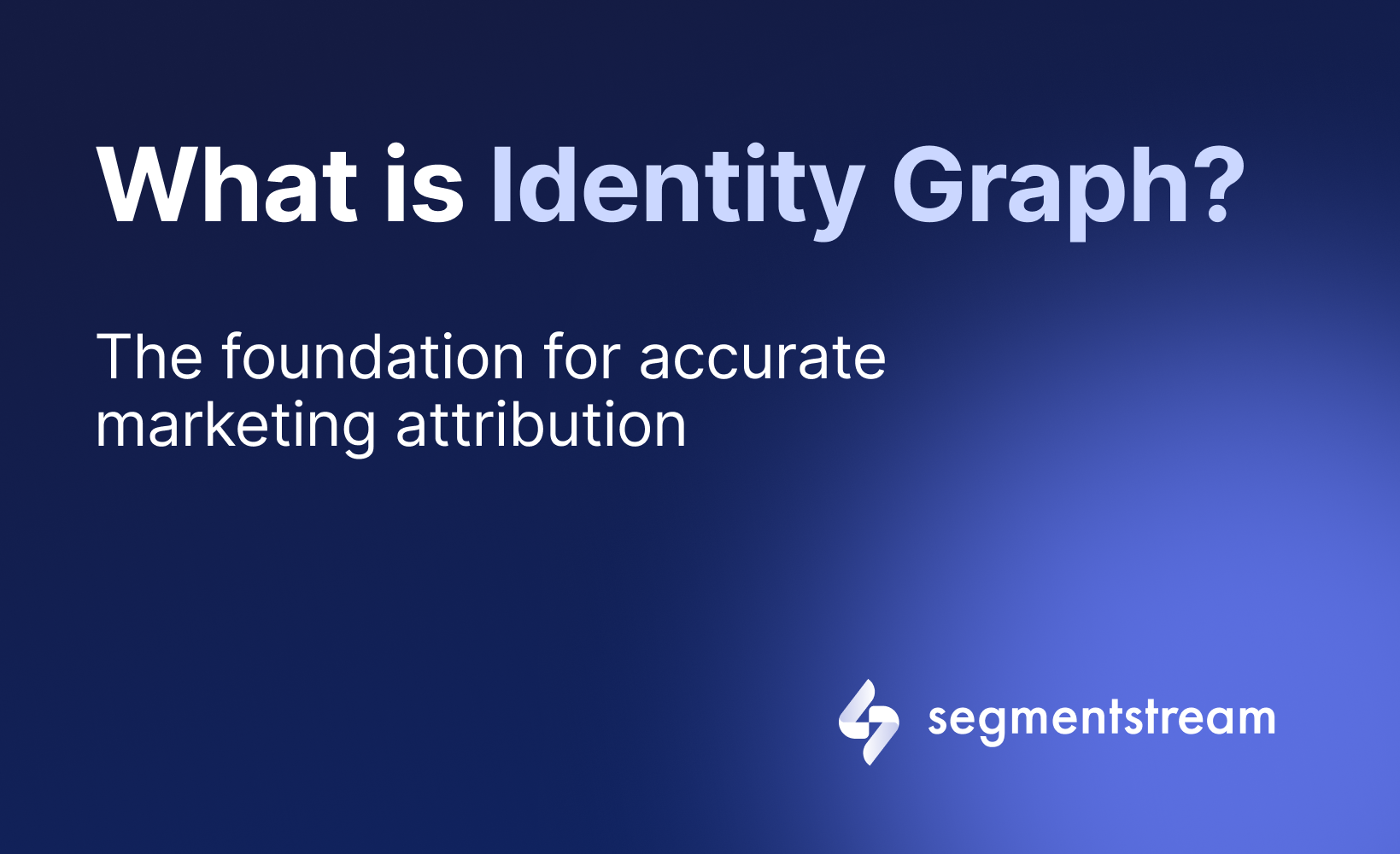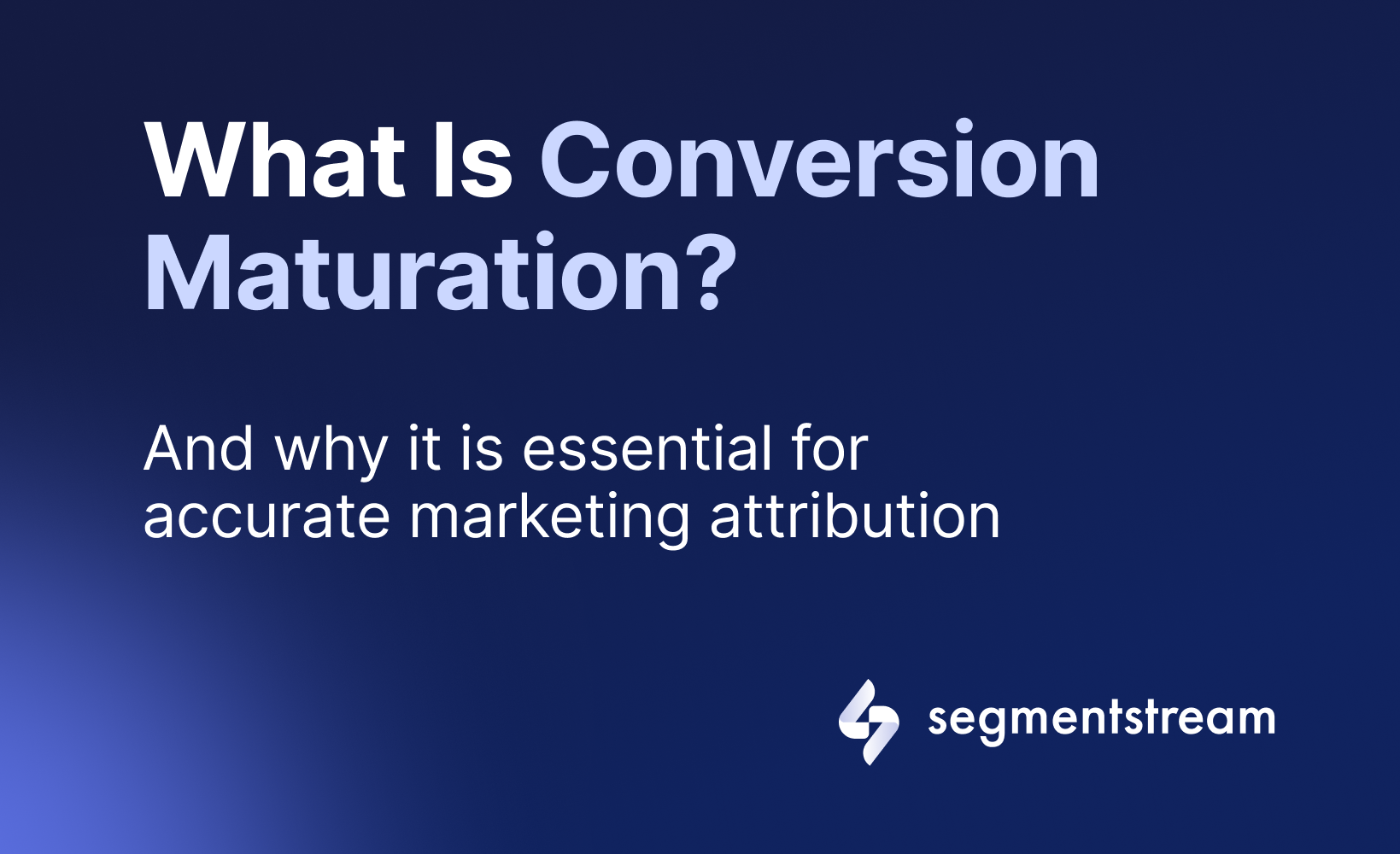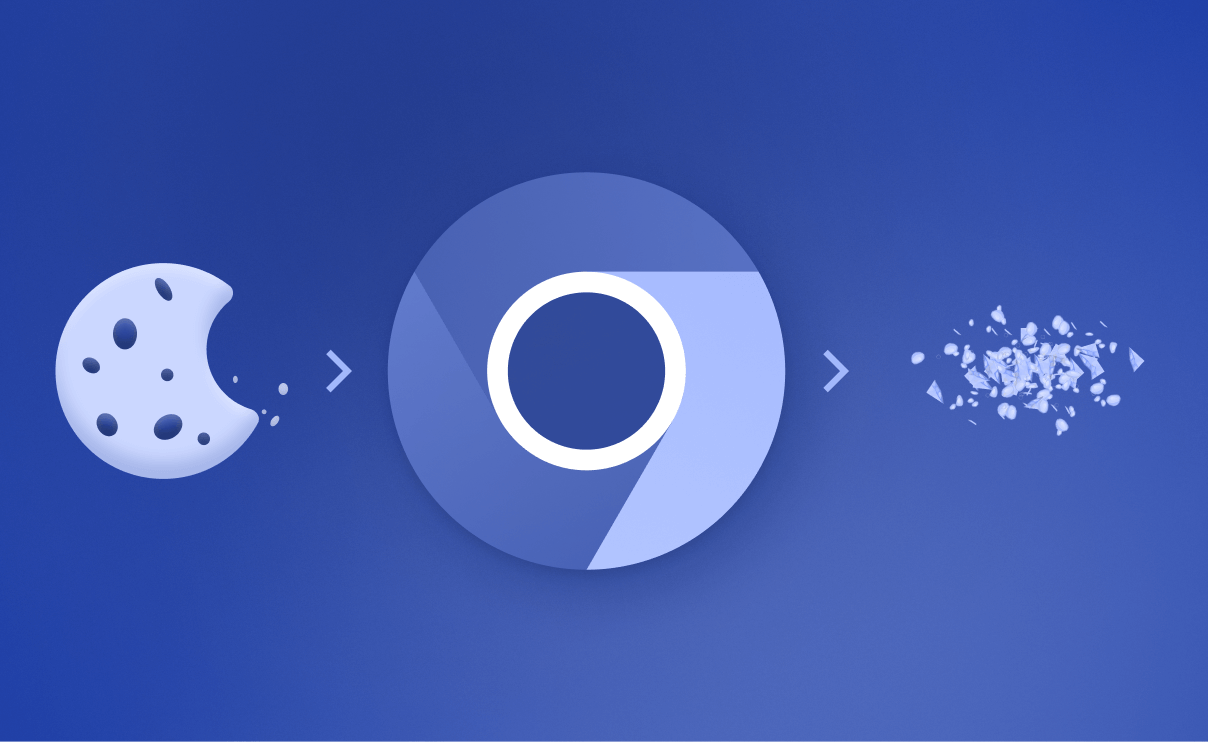
Google just started phasing out third-party cookies. What does it mean for advertisers?

The end of third-party cookies in Chrome
As of January 4th, Google Chrome has initiated the phase-out of third-party cookies, starting with disabling them for 1% of its users, approximately 30 million people. This move is a part of Google’s plan to eliminate third-party cookies in Chrome by the end of 2024.
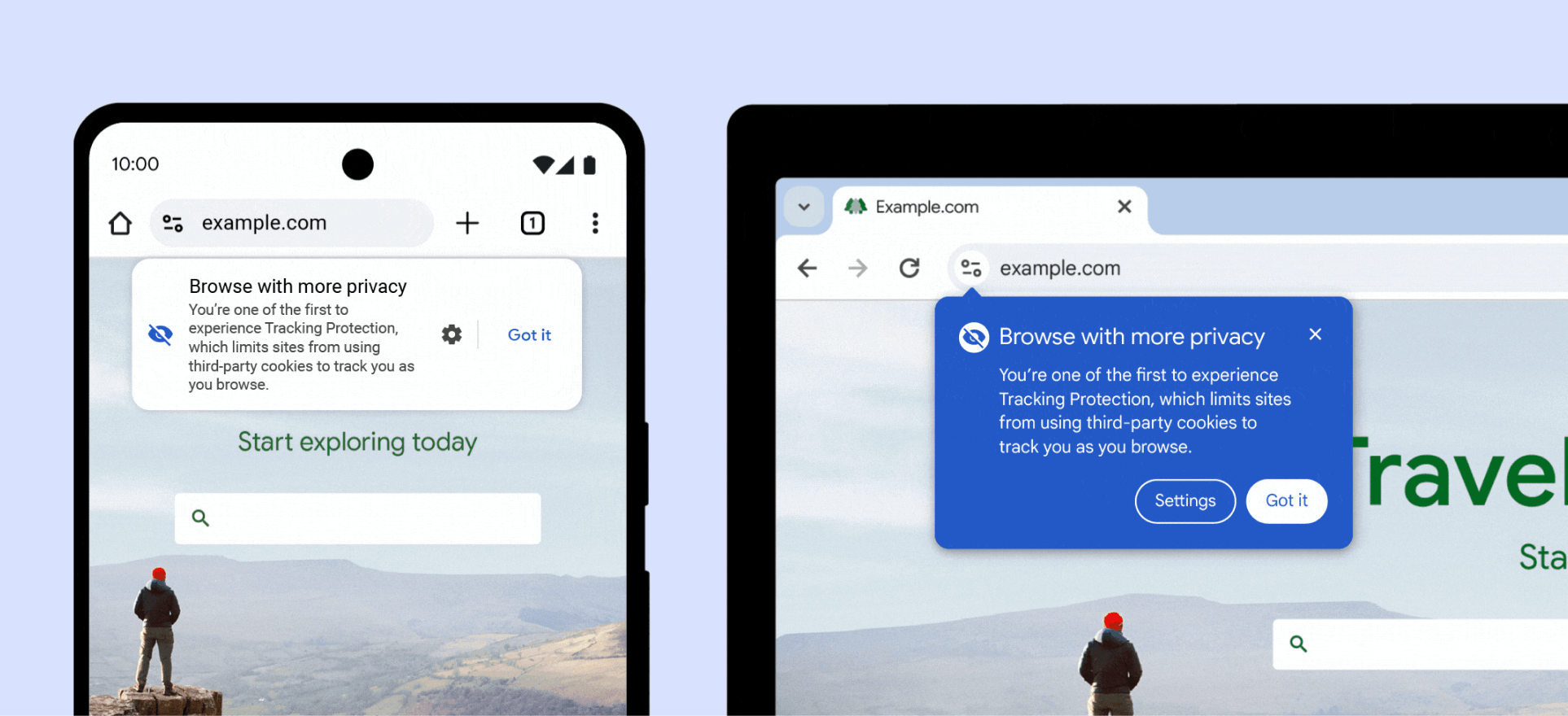
Considering Chrome’s substantial market share of about 65%, this change marks a significant shift in digital marketing. Alongside this, Safari, with its ITP initiative, has already eliminated third-party cookies and holds 18% of the browser market. Firefox also contributes with an 8.06% share. The remaining browsers like Edge, which still allow third-party cookies, represent a smaller so practically third-party cookies will be disabled for the vast majority of the Internet.
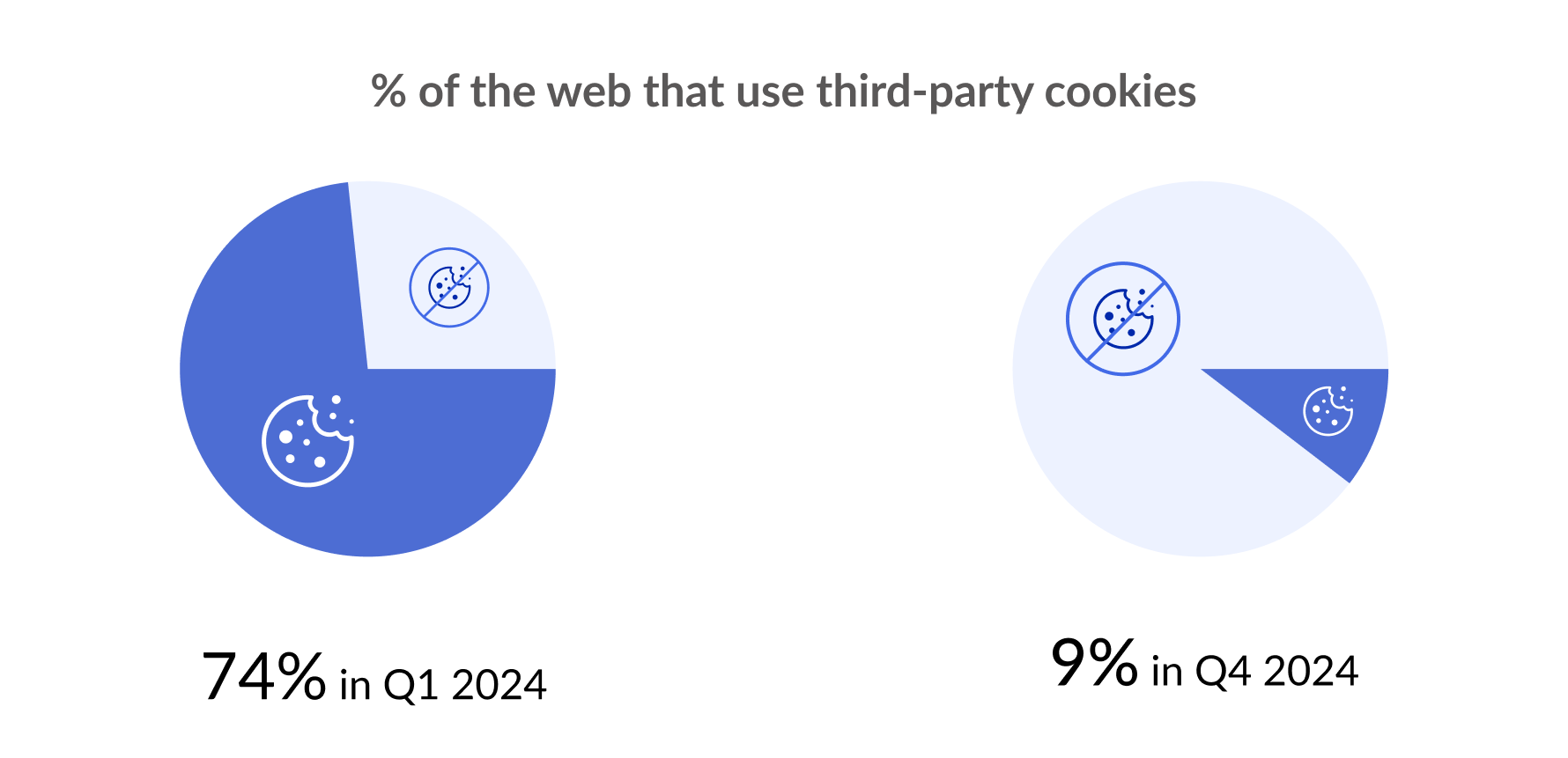
Google’s new approach: Privacy Sandbox
In place of third-party cookies, Google introduces the “Privacy Sandbox.” This initiative proposes a new way to track online behavior that, according to Google, better respects user privacy. Chrome will track user activity but retain this data on the device, rather than sending it to external servers. Chrome categorizes users into cohorts based on interests (like automotive enthusiasts or beauty product consumers). Advertisers can access these cohort classifications, but they won’t be able to trace individual browsing behavior, as per Google’s guidelines.
What does it mean for digital advertising?
First of all, it impacts ad platforms:
The transition from third-party cookies has prompted advertising platforms to innovate with more privacy-conscious targeting methods. Here’s a closer look at the latest examples:
- Google’s Performance Max: Google has introduced Performance Max campaigns, a significant shift for advertisers. This new campaign type utilizes Google’s machine learning algorithms to optimize ad performance across various Google-owned platforms, such as YouTube, Google Search, and the Display Network. Performance Max relies less on individual user data and more on pattern recognition and predictive analytics, making use of aggregated and anonymized data in line with privacy regulations.
- Meta’s removal of detailed targeting: In response to privacy concerns and regulatory pressures, Meta (Facebook) is scaling back on its detailed targeting options. As Jon Loomer’s article detailed, Meta has started removing specific targeting criteria that rely heavily on third-party data. This change signifies a move towards broader audience segments and less personalized targeting, forcing advertisers to rely more on contextual cues and less on individual user behaviors.
How marketers can prepare for the depreciation of third-party cookies:
- Exploration of alternative technologies: This change might accelerate the adoption of technologies like AI and machine learning for predictive analytics and personalized advertising, without relying on third-party cookies.
- Adapting to new targeting and optimization methods, such as:
- Performance Max: Embrace Google’s Performance Max campaigns that utilize machine learning to optimize ad delivery across Google’s platforms, focusing on broader user behaviors and interests.
- Advantage+ shopping campaigns: Consider adopting Meta’s Advantage+ Shopping campaigns, which automate ad creation and placement to optimize performance.
- Advantage+ audience: Integrate Meta’s Advantage+ Audience strategies to leverage the platform’s data for targeting while respecting user privacy.
- Advantage lookalike: Utilize Advantage Lookalike audiences in Meta’s platform to find new customers whose interests align with your existing audience, based on pattern recognition rather than individual tracking.
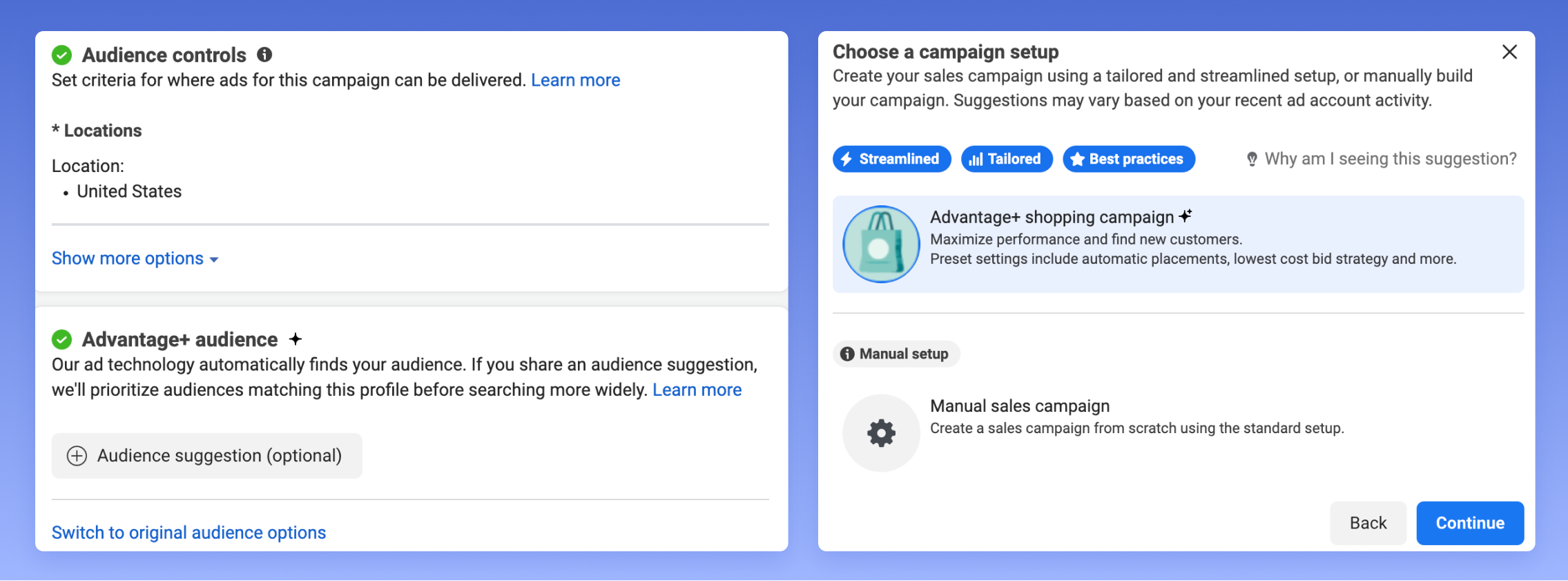
3. Revamping measurement and attribution: Traditional methods of tracking and measuring ad performance will evolve. Advertisers will need to explore new tools and approaches that align with the post-cookie era. SegmentStream’s AI-Driven Attribution and Optimization: Beyond traditional attribution, SegmentStream offers a cutting-edge solution utilizing AI and first-party data. It provides not only accurate insights into marketing performance but also an optimization solution that adjusts to the latest privacy regulations and browser updates. Moreover, its view-through attribution model helps effectively measure the revenue contribution of top-of-funnel activities without direct clicks, aiding in informed decision-making for marketing optimization.
Book a demo to learn how this beyond-cookie attribution works.
Optimal marketing
Achieve the most optimal marketing mix with SegmentStream
Talk to expert